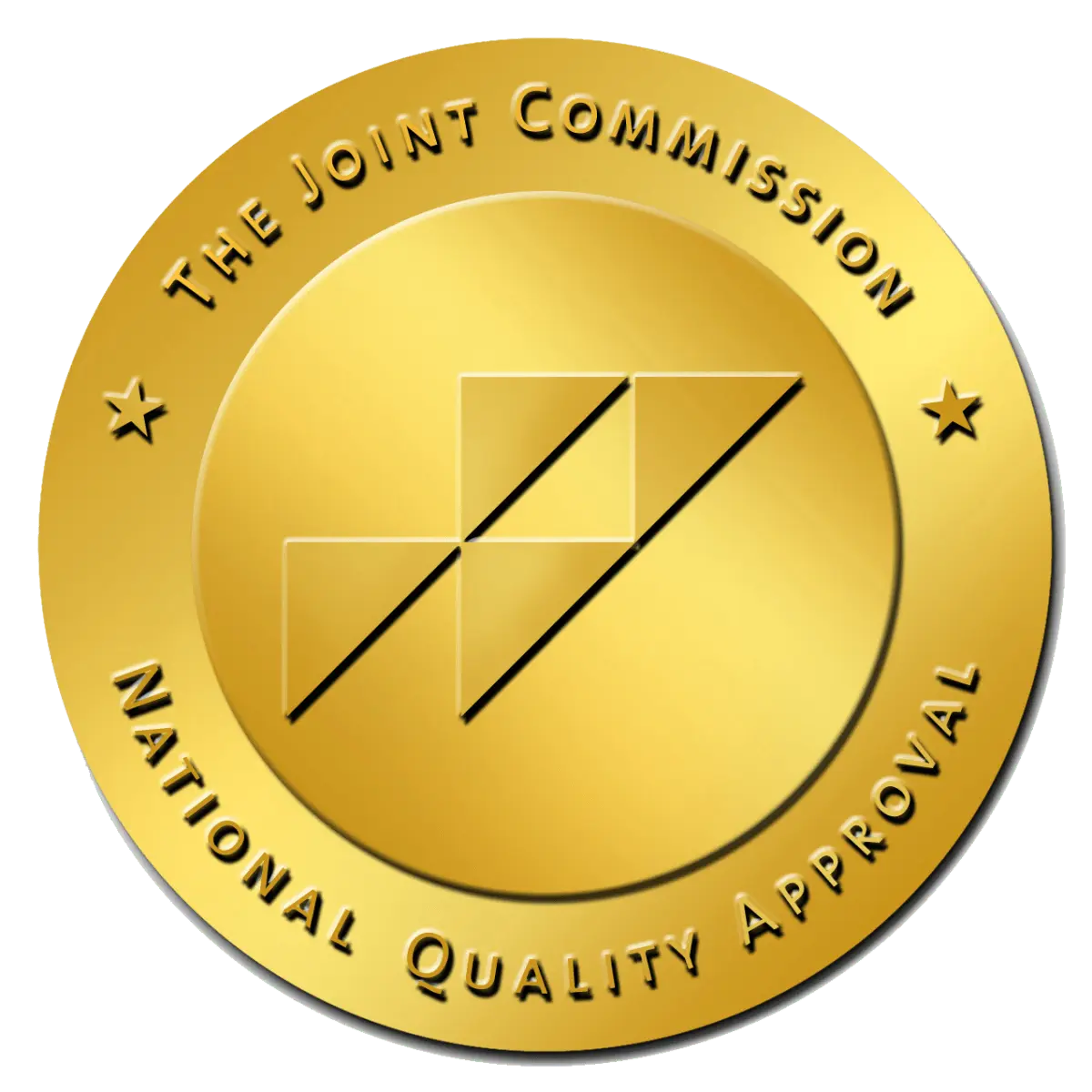When it comes to opioids, two drugs that are often compared are fentanyl and heroin. Both are potent substances that can have serious health risks and consequences. While they may have similarities, they also have crucial differences between fentanyl vs heroin that individuals should be aware of.
Heroin and fentanyl addiction can lead to a wide range of health issues, including respiratory problems, infections, cognitive impairments, mental health disorders, and more. Seeking treatment can help you address these health consequences, improve your overall well-being, and increase your chances of leading a healthier, more fulfilling life.
In this blog post, we will delve into the differences between fentanyl and heroin, signs and symptoms of abuse, and opioid addiction treatment options.
Understanding the Differences Between Fentanyl vs Heroin
Heroin is a semi-synthetic opioid drug that is derived from morphine, which is a naturally occurring substance extracted from the opium poppy plant. Heroin is classified as a Schedule I substance in the United States, which means it is illegal and has no accepted medical use.
Heroin is typically sold as a white or brown powder, or as a black sticky substance known as “black tar” heroin. It is commonly used recreationally for its euphoric effects, but it can also be used medically in some countries for pain relief in certain situations.
Fentanyl, on the other hand, is a fully synthetic opioid that is designed to be up to 50 times more potent than morphine or heroin. It is classified as a Schedule II substance in the United States, which means it is available for medical use but is also considered to have a high potential for abuse.
Fentanyl is typically used medically to treat severe pain, such as pain from surgery, cancer, or injury. It comes in various forms, including patches, lozenges, tablets, and injections. However, synthetic opioids like desomorphine—often made illegally—pose extreme health risks and are not used in standard medical care.
Fentanyl vs Heroin: In Depth Comparison
One of the key differences between heroin and fentanyl is their potency. Fentanyl is estimated to be 50 to 100 times more potent than morphine and about 50 to 100 times more potent than heroin. This means that even a small amount of fentanyl can be extremely dangerous and potentially fatal, as it can easily cause an overdose.
Formulation and Administration
Heroin is commonly found as a powder or a sticky substance that is typically smoked, snorted, or injected. It can also be mixed with other substances or drugs, which makes it difficult to determine its purity and strength.
Fentanyl, on the other hand, is often prescribed in controlled doses by healthcare professionals in the form of patches, lozenges, tablets, or injections.
However, illicitly manufactured fentanyl is also available on the streets, often mixed with other drugs or disguised as other substances, which can increase the risk of overdose.
Effects of Fentanyl vs Heroin
Both heroin and fentanyl work by binding to opioid receptors in the brain and central nervous system, which results in pain relief, sedation, and euphoria. However, due to its potency, fentanyl can cause a more rapid and intense effect compared to heroin.
Fentanyl can also cause respiratory depression, which is a potentially life-threatening side effect that can lead to respiratory failure and death. Heroin, although less potent, can still cause respiratory depression and other serious health risks, especially when taken in high doses or mixed with other substances.

Understanding Drug Dependence and Addiction
Both heroin and fentanyl are highly addictive substances that can lead to dependence and addiction with repeated use. Drug dependence refers to the physical and psychological reliance on a substance to function normally. Addiction, on the other hand, is a chronic brain disease characterized by compulsive drug-seeking behavior, despite negative consequences.
Risk Factors for Addiction
Several factors can contribute to the development of addiction to heroin or fentanyl, including genetic predisposition, environmental factors, mental health conditions, and a history of substance abuse or addiction in the individual or their family.
Additionally, the potency and rapid onset of fentanyl can increase the risk of addiction, as it can quickly lead to tolerance, dependence, and addiction with regular use.
Signs and Symptoms of Addiction
It is crucial for individuals to be aware of the symptoms of addiction because early recognition and intervention can significantly impact the outcomes of addiction treatment. Addiction is a complex condition that affects a person’s physical, psychological, and social well-being.
By being aware of the signs and symptoms of fentanyl vs heroin addiction, individuals, their loved ones, and healthcare professionals can identify potential problems and seek appropriate help in a timely manner.
The signs and symptoms of addiction to heroin or fentanyl can vary, but may include:
-
Increased tolerance: Needing higher doses of the drug to achieve the desired effect.
▻
-
Withdrawal symptoms: Experiencing physical and psychological withdrawal symptoms when attempting to stop or reduce drug use, such as cravings, nausea, vomiting, sweating, anxiety, and mood swings.
▻
-
Loss of control: Being unable to control drug use, despite wanting to quit or cut down.
▻
-
Neglecting responsibilities: Prioritizing drug use over important responsibilities at work, school, or home.
▻
-
Social and interpersonal problems: Experiencing difficulties in relationships, social isolation, or changes in social circle.
▻
-
Financial issues: Spending a significant amount of money on obtaining the drug, leading to financial strain or legal issues.
▻
-
Health problems: Experiencing physical and mental health issues, such as infections, respiratory problems, depression, anxiety, or cognitive impairments.
▻
Fentanyl vs Heroin: Overdose Risk & Side Effects
Both fentanyl and heroin carry a high risk of overdose, which can be life-threatening or fatal. Overdose occurs when an individual takes a dose of the drug that exceeds their body’s ability to tolerate it, leading to respiratory depression, unconsciousness, and possibly death.
The risk of overdose is particularly high with fentanyl due to its potency, and even a small amount of illicitly manufactured fentanyl can be lethal.
In addition to the risk of overdose, both fentanyl and heroin can cause a range of side effects. Common side effects may include drowsiness, constipation, nausea, vomiting, itching, dry mouth, and respiratory depression.
Fentanyl can also cause additional side effects such as confusion, dizziness, difficulty concentrating, and slowed heart rate.
Treatment for Fentanyl or Heroin Addiction
Treatment for fentanyl or heroin addiction typically involves a comprehensive and individualized approach to address the physical, psychological, and emotional aspects of addiction. It’s important to seek professional help from a qualified addiction treatment facility, such as Villa Oasis, a luxury rehab facility in San Diego, California, that specializes in providing evidence-based care for individuals struggling with fentanyl or heroin addiction.
Here are some of the treatment options for individuals recovering from fentanyl or heroin addiction:
Medical Detoxification
Medical detoxification is often the first step in addiction treatment. It involves the supervised withdrawal from the substance, often with the use of medications to manage withdrawal symptoms and cravings. This process is typically done in a safe and supportive environment to ensure the individual’s comfort and safety during this challenging phase of recovery.
Inpatient Rehabilitation
Inpatient rehabilitation programs, also known as residential treatment programs, provide intensive therapy, counseling, and support in a structured environment. These programs offer round-the-clock care and supervision, allowing individuals to focus on their recovery without distractions from the outside world. Inpatient rehabilitation can be particularly beneficial for those with severe addiction, co-occurring mental health disorders, or a history of relapse.
Outpatient Rehabilitation
Outpatient rehabilitation programs allow individuals to live at home while receiving treatment. These programs typically involve regular counseling, therapy, and support sessions that provide education, skills-building, and relapse prevention strategies. Outpatient rehabilitation can be a suitable option for individuals with a stable home environment and a moderate level of addiction severity.
Medication-Assisted Treatment (MAT)
Medication-assisted treatment (MAT) is an evidence-based approach that combines the use of medications, such as methadone, buprenorphine, or naltrexone, with counseling and behavioral therapies. MAT can help individuals reduce cravings, manage withdrawal symptoms, and prevent relapse. It has been shown to be effective in improving treatment outcomes and reducing the risk of overdose.
Counseling and Behavioral Therapies
Counseling and behavioral therapies are integral components of addiction treatment. Individual or group counseling, cognitive-behavioral therapy, motivational interviewing, and other therapeutic approaches are used to address the underlying psychological and emotional factors contributing to addiction. These therapies help individuals develop coping skills, manage triggers and stressors, and build a supportive recovery network.
Supportive Services
Supportive services, such as access to support groups, case management, vocational and educational support, and aftercare planning, play a crucial role in promoting long-term recovery. These services help individuals develop a strong support system, learn relapse prevention strategies, and integrate into a healthy and fulfilling life in sobriety.
Overcoming Fentanyl and Heroin Addiction
While both fentanyl and heroin are opioids that can have similar effects, they have important differences in terms of potency, classification, and medical use. Both substances carry a high risk of addiction, dependence, overdose, and other serious health consequences.
Villa Oasis is a luxury addiction treatment facility that offers comprehensive care for individuals struggling with fentanyl or heroin addiction. Our experienced and compassionate team of professionals provides compassionate care every step of the way, from medical detoxification to residential rehabilitation.
If you or a loved one is struggling with fentanyl or heroin addiction, please reach out for help. Recovery is possible, and taking the first step towards treatment can make a significant difference. Contact Villa Oasis or a qualified addiction treatment facility to learn more about our luxury rehab facility and take a step towards a healthier, happier, and drug-free life.
Frequently Asked Questions
Fentanyl is a fully synthetic opioid that is up to 50 times more potent than morphine or heroin. It is typically used medically to treat severe pain. Heroin, on the other hand, is a semi-synthetic opioid derived from morphine and is often used recreationally for its euphoric effects. Heroin is less potent than fentanyl but still carries serious health risks.
Heroin is commonly smoked, snorted, or injected, whereas fentanyl is often prescribed in controlled doses as patches, lozenges, tablets, or injections. Illicitly manufactured fentanyl is also available on the streets, often mixed with other drugs or disguised as other substances.
Signs and symptoms of addiction may include increased tolerance, withdrawal symptoms, loss of control over drug use, neglecting responsibilities, social and interpersonal problems, financial issues, and health problems.
Both fentanyl and heroin carry a high risk of overdose, which can be life-threatening or fatal. The risk is particularly high with fentanyl due to its potency, and even a small amount can be lethal.
Treatment options include medical detoxification, inpatient rehabilitation, outpatient rehabilitation, medication-assisted treatment (MAT), counseling and behavioral therapies, and supportive services.
Reach out to a qualified addiction treatment facility like Villa Oasis or another reputable rehab center to learn more about their programs and how they can help you or your loved one recover from addiction.




